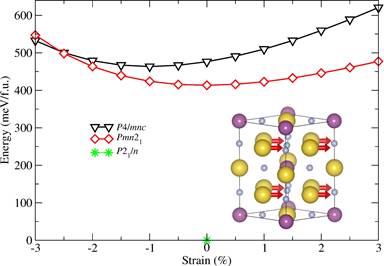Reports: DNI1052138-DNI10: Toward Efficient Design of Noncentrosymmetric Oxyfluorides: Ab Initio Crystal Engineering of Next-Generation Catalysts
James M. Rondinelli, PhD, Drexel University

James M. Rondinelli, PhD, Drexel University

Copyright © American Chemical Society